What is shochu?
Shochu is a type of distilled spirit, similar to whiskey, gin, and tequila, that originated in Japan.
Its origin is uncertain, but it is believed to be around 500 years ago.
The birthplace of shochu is considered to be Kagoshima, located in southwestern Japan.
Most Japanese shochu is made from sweet potatoes and barley, but in recent years, shochu made from brown sugar, buckwheat, chestnuts, and other ingredients have been introduced.
Shochu is gaining popularity as a cocktail base, and flavored shochu aimed at younger drinkers is beginning to attract attention.
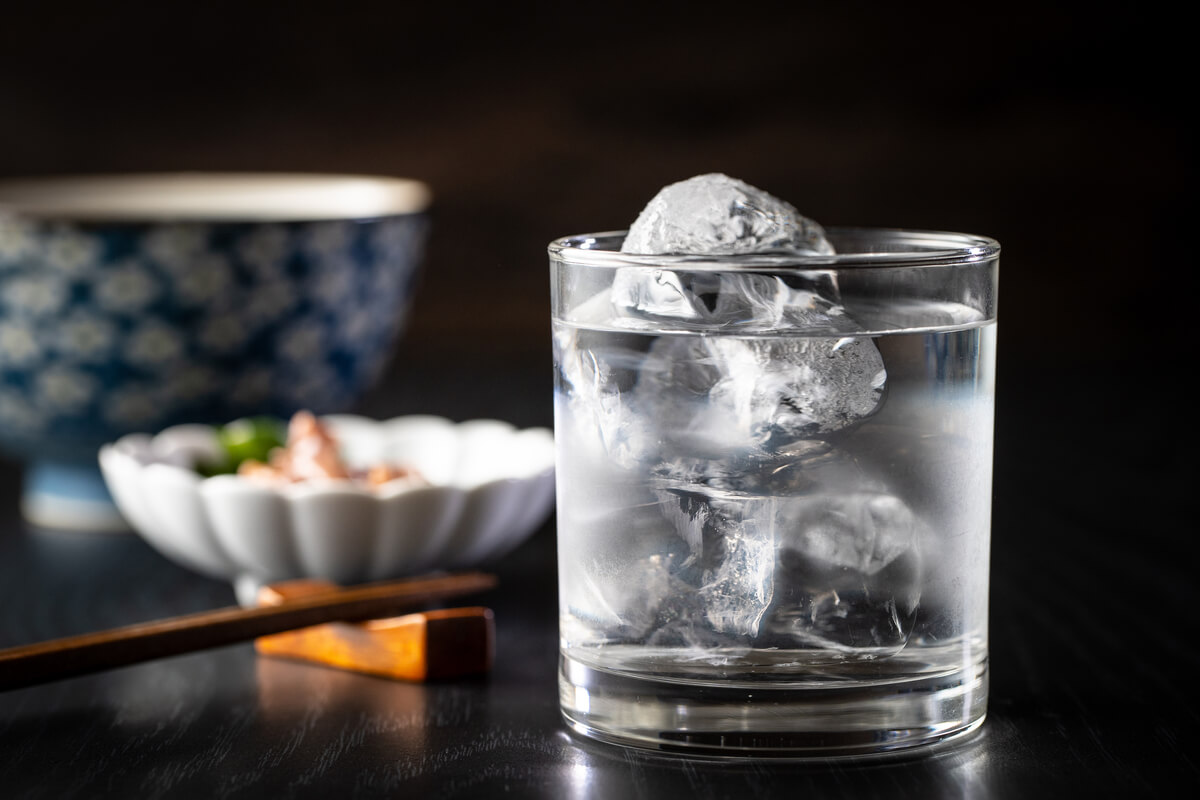
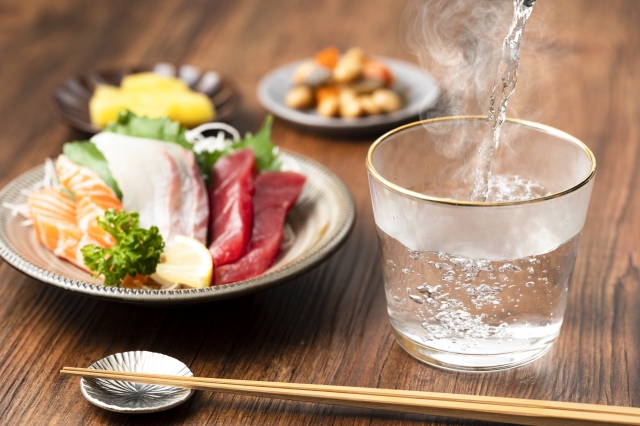
Varieties of shouchu
Shochu varies in flavor and aroma, depending on its ingredients.
Below are some common examples.
Imo-jochu (sweet potato shochu)
Imo-jochu is made from sweet potatoes and is commonly produced in Kagoshima and Miyazaki Prefectures.
It has a rich, sweet, earthy, and full-bodied flavor.
Examples of Well-Paired Dishes:
- Richly seasoned Japanese dishes with sweetness and depth, such as braised pork belly (kakuni), charcoal-grilled chicken, or kinpira.
- Western dishes with strong flavors and rich fats, including garlic butter steak and roasted lamb.
- Strong-flavored cheeses such as blue cheese or white mold cheese.
- Japanese desserts that highlight the natural sweetness of sweet potatoes.
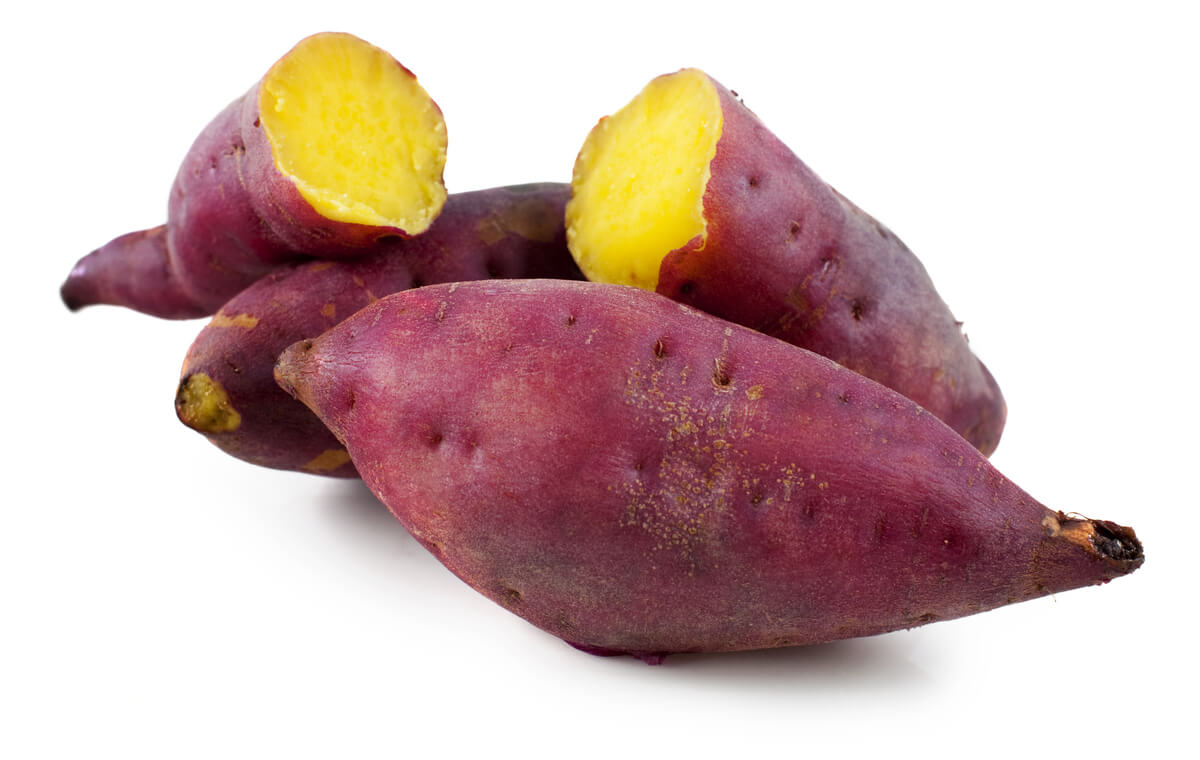
Mugi-jochu (barley shochu)
Mugi-jochu, on the other hand, is made from wheat, specifically barley.
It is refreshing and easy to drink, with a mild aroma and clean taste.
It is mostly produced in the Kyushu region.
Examples of Well-Paired Dishes:
- Light and delicate Japanese dishes such as sashimi or chilled tofu.
- Refreshing Western dishes like carpaccio or salads.
- Light, dry snacks such as nuts.
- Citrusy and refreshing desserts.

Kome-jochu (rice shochu)
Kome-jochu is made from rice and produced by adopting some of the techniques used in sake production.
It has a soft, delicate flavor and offers the sweetness and aroma of rice.
Examples of Well-Paired Dishes:
- Delicate Japanese dishes such as assorted sashimi, chawanmushi, or seasoned rice dishes.
- Creamy Western dishes such as pork terrine, cream-based pasta, or risotto.
- Mild snacks like smoked salmon or cheese, which allow the flavors of the drink to stand out.
- Japanese desserts such as shiratama azuki.

Kokuto-jochu (brown sugar shochu)
Kokuto-jochu is made from brown sugar and is produced mainly in the Nansei Islands, such as Amami Oshima Island.
It is characterized by its sweetness and distinctive aroma, and its mild mouthfeel.
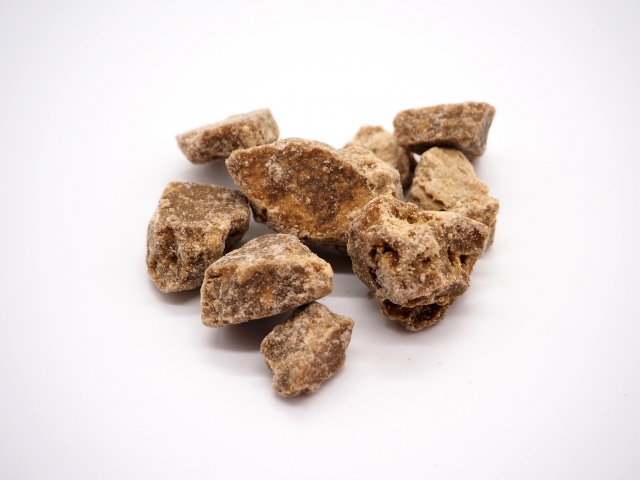
Soba-jochu (buckwheat shochu)
Soba-jochu is a rare type of shochu made from buckwheat.
It has a unique savory flavor and milder taste, and you can feel the flavor of the buckwheat.

How to make shouchu
Like sake, shochu is produced in a distillery.
The production process may vary depending on the ingredients and methods used. However, the basic steps are as follows:
First, the ingredients undergo a cleaning process and, if necessary, are crushed or steamed.
Next, rice or barley is steamed, cooled, and sprinkled with koji culture (usually white or black koji) to make koji.
Koji is a microorganism that plays a crucial role in traditional Japanese fermentation culture, promoting saccharification and creating the basis for fermentation.
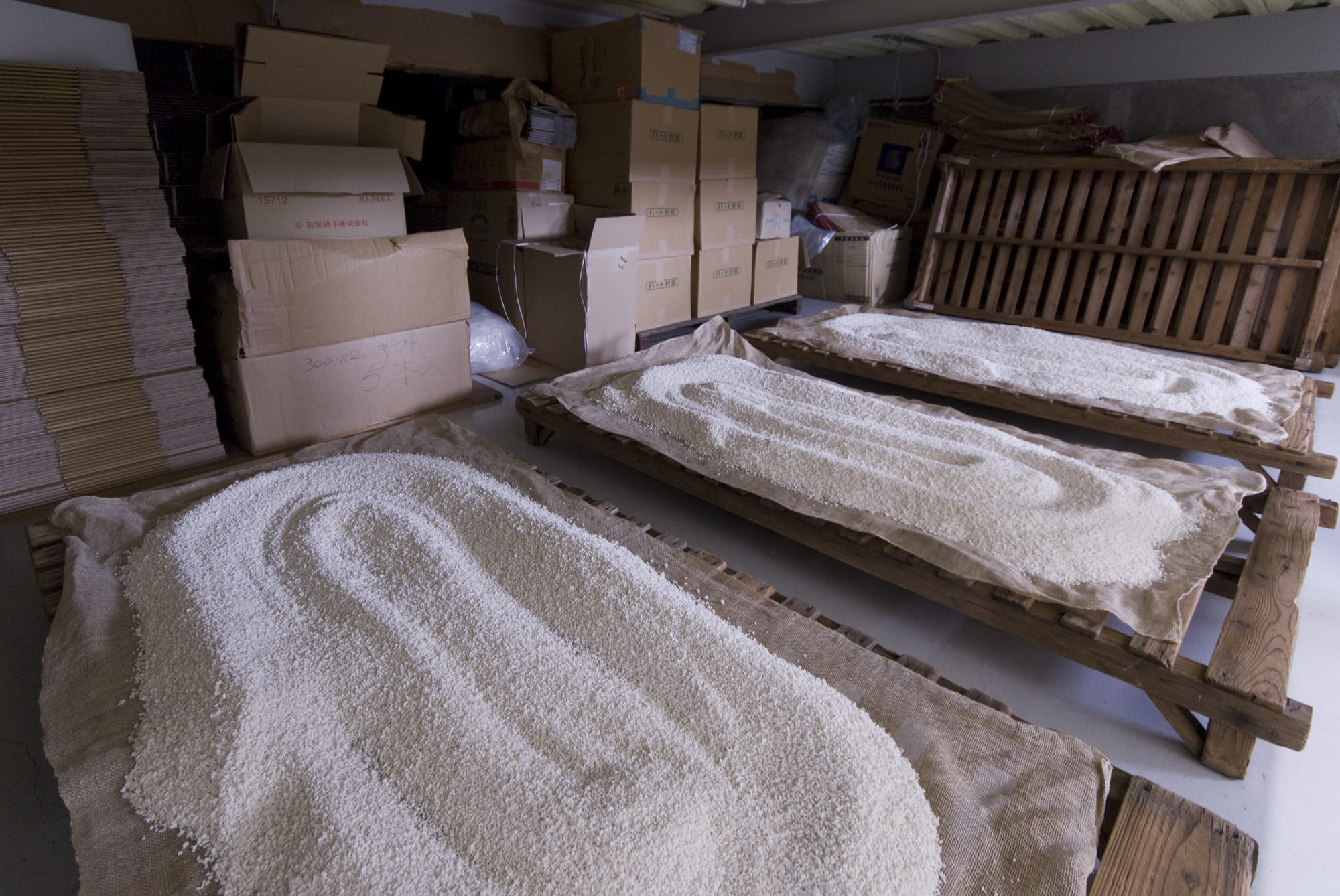
Koji, along with the ingredients and water, are mixed to make ichiji-moromi (primary fermented mash).
Ichiji-moromi is the initial fermentation mash produced in the production process of shochu, sake, or other alcohol.
During this process, koji enzymes break down the starch in the ingredients into sugars.
Further ingredients and water are added to the ichiji-moromi to make niji-moromi (secondary fermented mash).
At this stage, the yeast begins to act and convert the sugar to alcohol.
The moromi is then fermented in tanks for a period of time, usually several weeks to several months.
During the process, the alcohol content and flavor are determined and formed.
After the fermentation, the moromi is placed in a distiller to extract the alcohol.
There are two types of distillation methods: single distillation and continuous distillation, which are chosen according to the type of shochu and desired flavor.

Distilled shochu is aged for a certain period of time in stainless steel tanks, or ceramic or wood barrels.
The maturation period varies from product to product and has the effect of adding mellowness to the flavor.
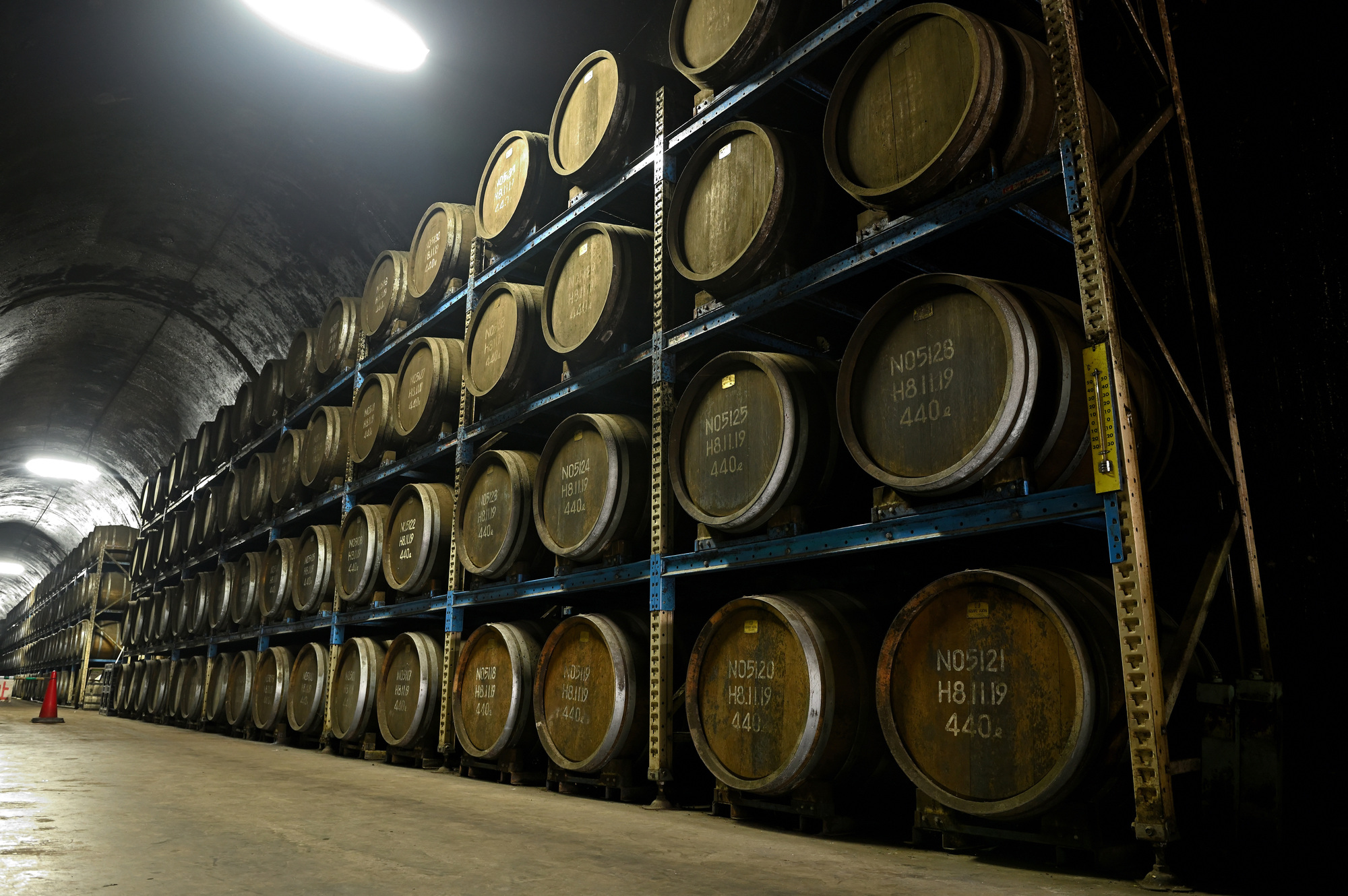
After aging, the alcohol content of the shochu is adjusted, and the finished product is bottled after filtration and other processes.
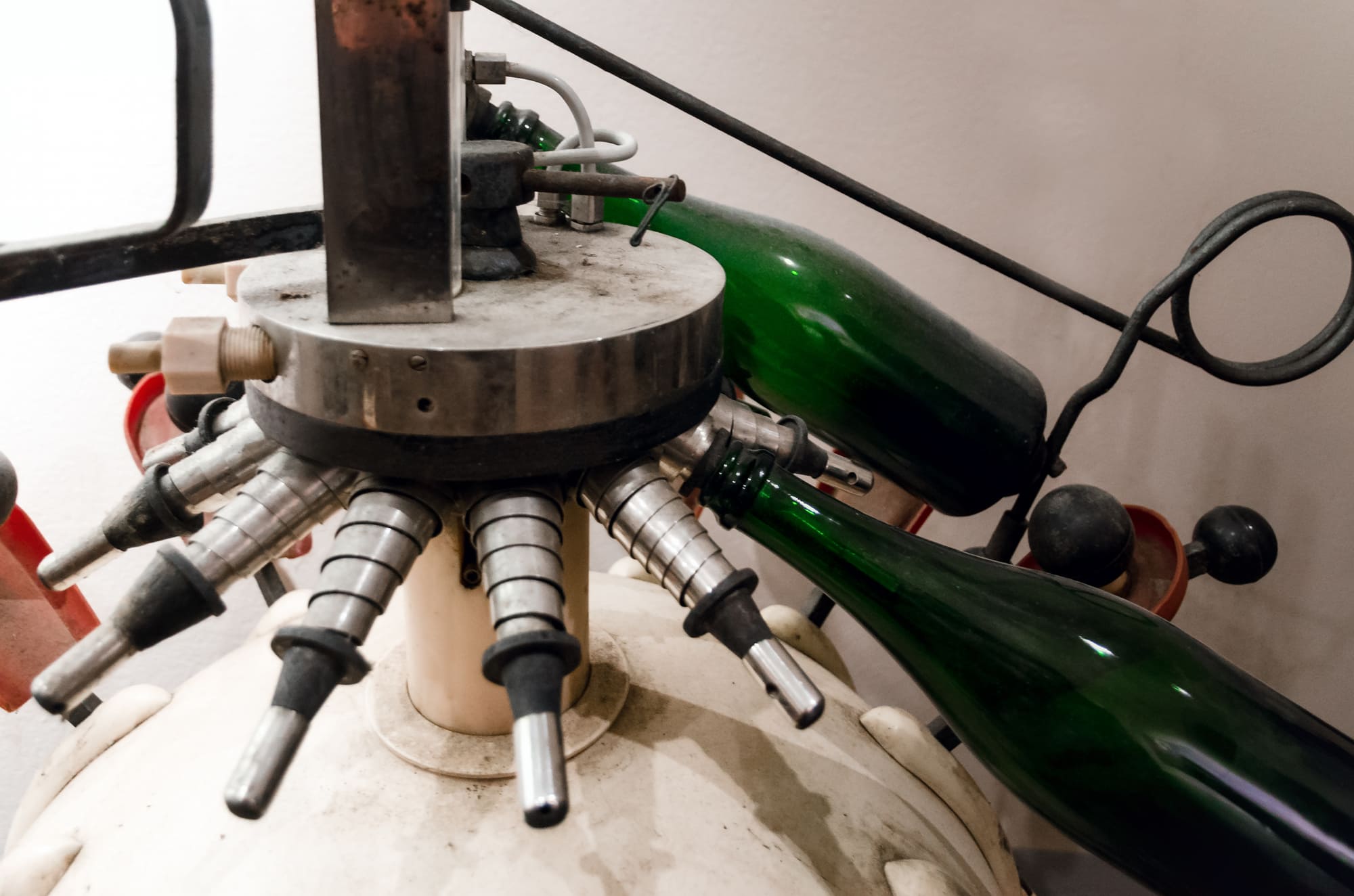
How to drink shouchu
Shochu can be enjoyed neat, on the rocks, with water, or with hot water,
Be sure to choose your preferred way when you order.
Neat
A simple way to enjoy shochu as it is without adding anything.
It is perfect for high-quality or aged shochu, as it allows you to fully appreciate the original flavor and aroma of the drink.
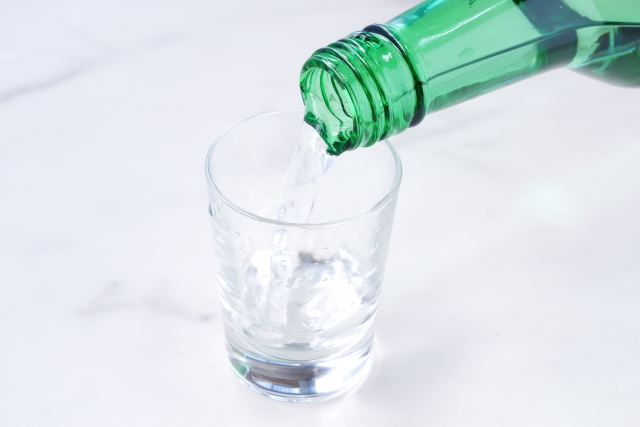
On the rocks
Pour shochu into a glass filled with ice.
As the ice melts, the shochu gradually thins and becomes more mellow.
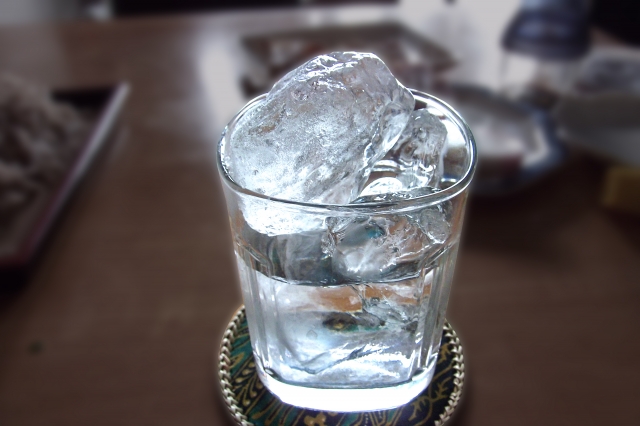
Mizuwari (splitting with water)
Mizuwari is shochu mixed with water.
Mixing with water reduces the alcoholic stimulation, making the beverage easier to drink.
You can adjust the ratio of shochu to water to suit your taste.
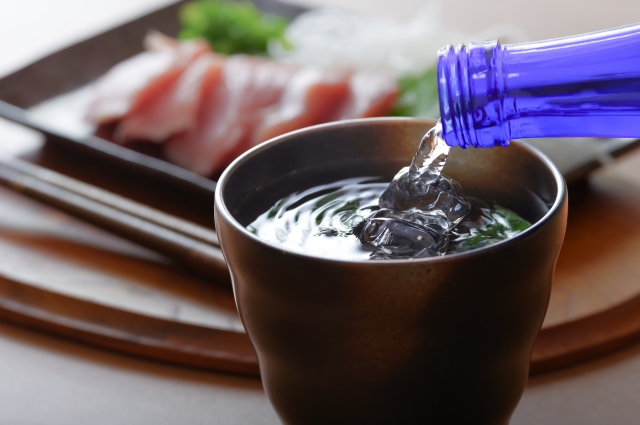
Oyuwari (splittling with hot water)
Oyuwari is shochu mixed with hot water.
By mixing shochu with hot water, the aroma of the drink is enhanced, and it can help warm you up.
It is especially popular during the cold season.
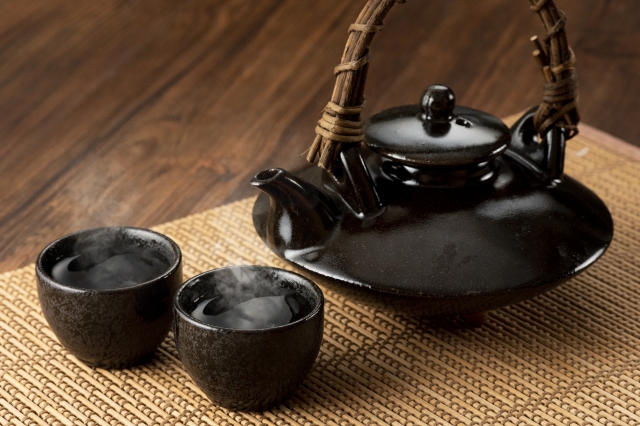
As a cocktail base
Shochu can also be used as a base for a variety of cocktails.
By mixing it with fruit juice, soda water, or liqueur, you can enjoy a wide variety of flavors in your shochu cocktails.
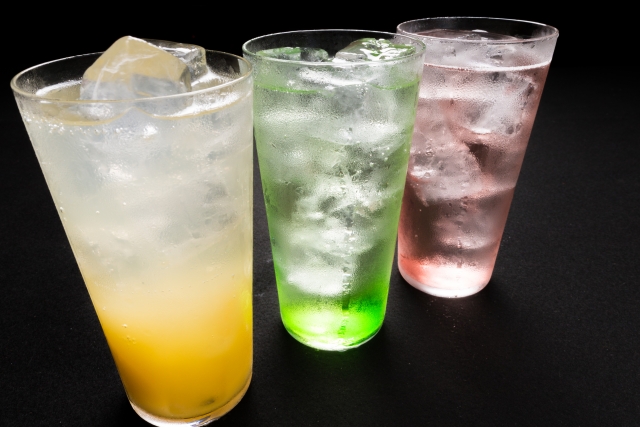
People’s reaction when eating
Search Restaurants by Destination

Search Restaurants by Popular Cuisines





